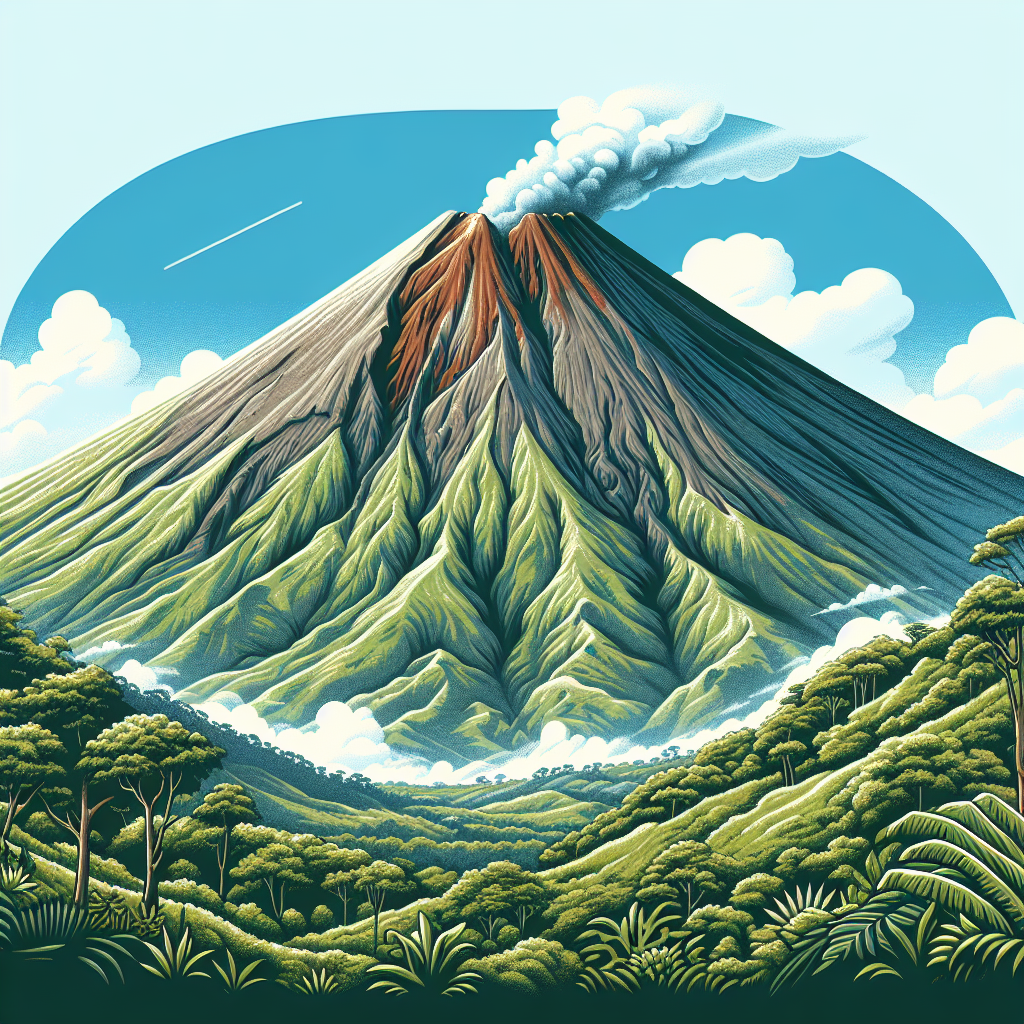Iceland's Fiery Fury: Reykjanes Peninsula Eruption
An eruption on Iceland's Reykjanes peninsula marks the sixth volcanic outbreak since December, with red-hot lava and smoke. Authorities warn of potential repeated eruptions, causing evacuations and infrastructure challenges. Since 2021, nine eruptions have occurred after geological systems reactivated. Iceland remains a key destination for volcano tourism.

- Country:
- Denmark
A volcanic eruption in southwestern Iceland on Thursday released red-hot lava and smoke, marking its sixth outbreak since December, according to the meteorological office. Studies had previously indicated magma building up underground, leading to warnings of new activity near Iceland's capital, Reykjavik.
The latest eruption on the Reykjanes peninsula, which houses about 30,000 people or nearly 8% of the nation's population, ended on June 22 after 24 days of molten rock outbreaks. Scientists warn that the peninsula could face repeated eruptions for decades or centuries.
Since 2021, the peninsula has seen nine eruptions following the reactivation of dormant geological systems. Authorities have built barriers to redirect lava flows away from crucial infrastructure, such as the Svartsengi geothermal power plant, the Blue Lagoon spa, and Grindavik town. Grindavik, known for its fishing port and nearly 4,000 residents, has been mainly evacuated since late last year.
Reykjanes eruptions, known as fissure eruptions, typically do not impact air traffic because they lack large explosions and significant ash dispersal. Iceland, comparable in size to the U.S. state of Kentucky, has over 30 active volcanoes and is a major hub for volcano tourism.
(With inputs from agencies.)
ALSO READ
BJP's Kuldeep Raj Dubey Highlights Security and Tourism Surge in J&K
Madhya Pradesh Set to Boost Tourism with Annual IATO Convention
India and Malaysia Strengthen Tourism Ties with New MoU
Visa and THSC Partner to Upskill 20,000 Indian Youths in Tourism
Visa and THSC Partner to Upskill 20,000 Indian Youth in Tourism










